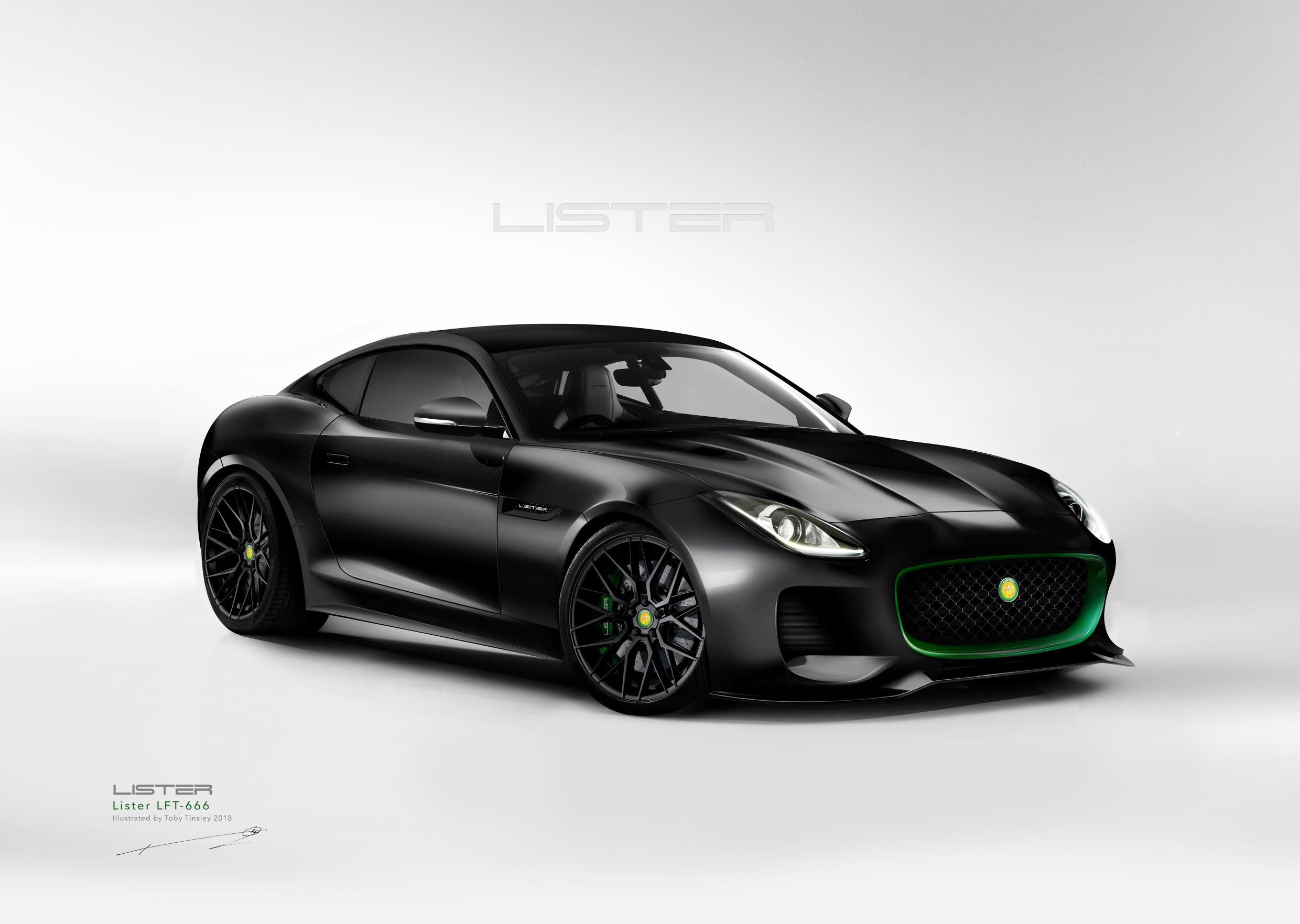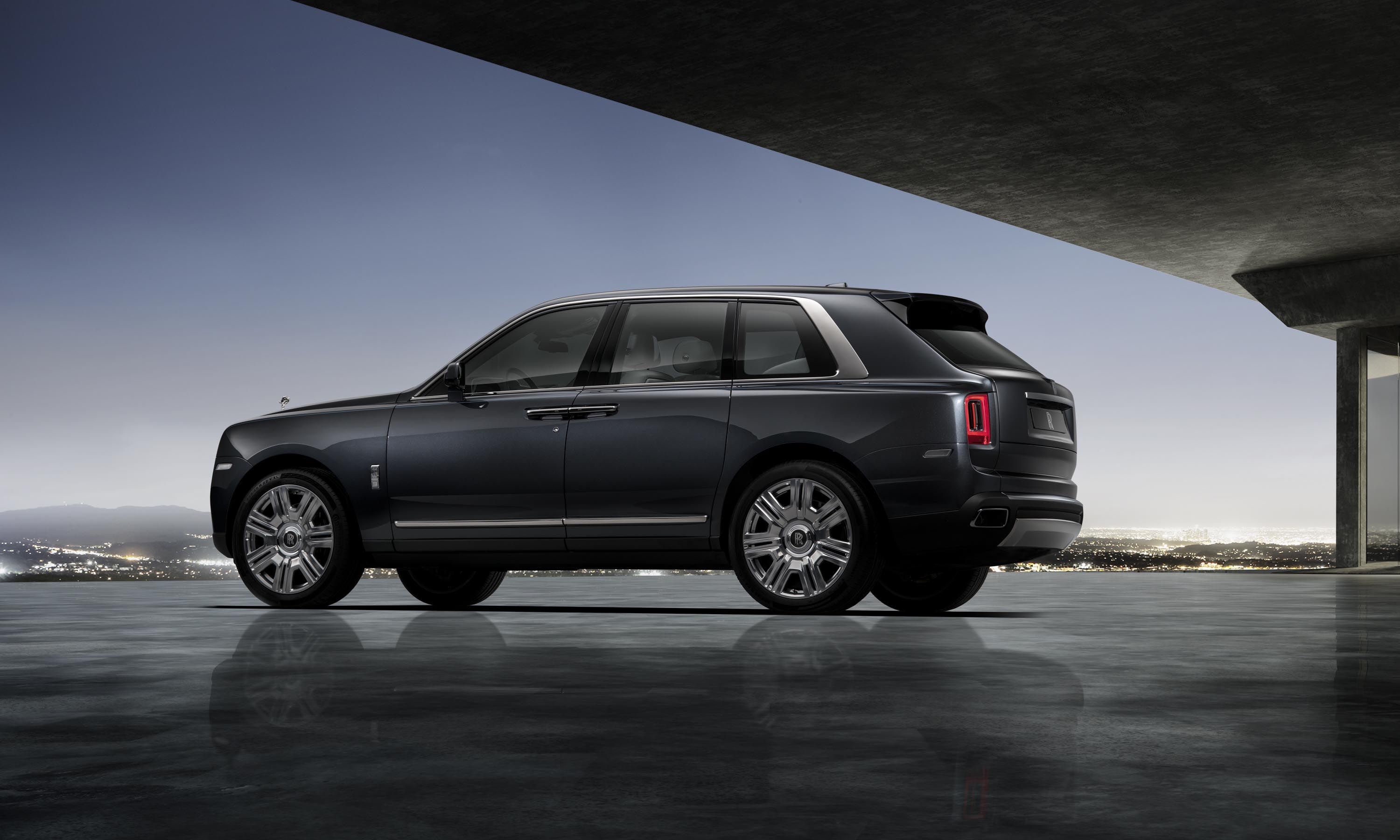- GROUP’S OPERATING PROFIT CLIMBS TO EUR 8.9 BILLION IN FIRST HALF OF 2017
- SOUND NET LIQUIDITY IN AUTOMOTIVE DIVISION CONTINUES DESPITE HIGH OUTFLOWS RESULTING FROM CONSEQUENCES OF DIESEL CRISIS
- GROUP’S SALES REVENUES GROW SIGNIFICANTLY TO EUR 116 BILLION IN PERIOD UP TO END OF JUNE
- CFO FRANK WITTER: “OUR FINANCIAL FOOTING IS ADEQUATE TO COPE WITH THE TRANSFORMATION IN THE AUTOMOTIVE INDUSTRY AND TOPICS OF THE FUTURE.”
28.7.2017.- The Volkswagen Group remains in robust shape: The first six months of the current fiscal year have delivered a solid set of results, accompanied by further progress in implementing the future program “TOGETHER – Strategy 2025”. Between the beginning of January and the end of June, Group sales revenue rose by 7.3 percent to EUR 115.9 billion. During that period, operating profit increased to EUR 8.9 billion (from 7.5 in the previous year) and operating return on sales grew to 7.7 percent (from the prior-year 7.0 percent). All prior-year figures exclude the special items at that time. For Frank Witter, Member of the Board of Management, responsible for Finance and Controlling, the result of the first six months was a “good team performance” in the face of persistently difficult conditions. “The results were boosted by growth in unit sales. Increases in the first half-year were seen primarily in Europe, but also in North and South America, which is particularly encouraging. The successful placement of a hybrid bond also had a positive effect on net liquidity in the Automotive Division and underlined the confidence investors place in our strategy. I am firmly convinced that our financial footing is adequate to cope with the transformation in the automotive industry and topics of the future.”
The Group’s operating profit does not include the proportionate operating profit from the Chinese joint ventures. This amounted to EUR 2.1 (2.4) billion in the first half-year. These companies are accounted for using the equity method and are therefore solely reflected in the Group’s financial result. Rising to EUR 9.0 (4.8) billion, the Volkswagen Group’s profit before tax in the first half-year nearly doubled in comparison to the prior-year figure, which had been negatively affected by special items. Profit after tax amounted to EUR 6.6 (3.6) billion.
Matthias Müller, Chairman of the Board of Management of the Volkswagen Group, commented on the results for the first six months: “The remarkable half-year result and the excellent development with regard to deliveries in June are confirmation that the Volkswagen Group is on the right path again. We are grateful for the growing amount of trust we are enjoying among customers and on the capital markets. The solid footing of our operating business serves as the basis for our work, namely to transform the Volkswagen Group from a pure car maker into a world-leading provider of sustainable mobility. The half-year report also reveals the huge potential inherent in our multi-brand enterprise. I am confident that we can work together to complete the transformation we envisage.”
Net Liquidity in the Automotive Division
Net liquidity in the Automotive Division was EUR 23.7 billion at the end of June, a decrease of EUR 3.4 billion on the 2016 year-end figure. Substantial payments made in connection with the diesel issue represented a strain. Whereas the successful placement of a hybrid bond had a positive effect and strengthened capital resources as well.
Capex in the Automotive Division fell by 7.9 percent to EUR 4.2 billion in the first half-year. The ratio of capex to sales revenue in the Automotive Division decreased to 4.2 percent from 4.9 percent in the previous year, which was also due to the higher sales revenue.
Brands and Business Fields
The Volkswagen Passenger Car brand saw its operating profit rise to EUR 1.8 (0.9) billion. In addition to volume-, mix- and margin-related factors, exchange rates and optimization of costs had a positive impact.
Audi generated an operating profit of EUR 2.7 (2.7) billion, on par with the previous year. Product cost optimization, positive exchange rate effects and improved margins were able to offset the decline in volume and the expansion of the international model and technology portfolio. The financial key performance indicators for the Audi brand also include the Lamborghini and Ducati brands.
Along with the new Kodiaq, ŠKODA’s Fabia, Rapid and Superb models were also in great demand in the first half-year. The increase in volume along with positive margin-related, mix and exchange rate effects caused operating profit to rise by 25.5 percent to EUR 860 million at ŠKODA.
Operating profit for the SEAT brand climbed by 40.9 percent to EUR 130 million. The impact of negative exchange rate effects and cost increases was compensated for by the higher volume, improved margins and positive mix effects. The new Ateca, in particular, contributed to the rise in unit sales.
The Bentley brand saw its operating profit rise to EUR 13 (-22) million, due to exchange rate effects and lower expenses for the development of the model portfolio.
Porsche’s operating profit improved to EUR 2.1 (1.8) billion in the first six months of the year, due to the positive effect from improvements in volumes and in the mix. There was a considerable increase in demand for the Macan and Panamera models.
At Volkswagen Commercial Vehicles, operating profit improved by 49.8 percent to EUR 448 million due to margin-related, volume and exchange rate effects. The Caddy and Multivan/Transporter models were once again particularly popular among customers.
Furthermore, the Scania brand boosted its operating profit to EUR 673 (550) million in the first half of 2017. This was attributable to the higher volumes, in addition to enhanced service business and positive exchange rate effects in the first six months of the year.
MAN was able to improve its operating profit to EUR 193 (186) million due to volume- and margin-related factors. Sales of MAN Commercial Vehicles in the first half-year were up 6.9 percent compared with the same period in the previous year. The operating profit at MAN Power Engineering fell to EUR 73 (103) million in the first six months of 2017.
Volkswagen Financial Services (includes Porsche Financial Services since the start of 2017) increased its operating profit to EUR 1.2 billion, a year-on-year rise of 17.0 percent. Along with the inclusion of additional revenue from Porsche Financial Services, the increase resulted primarily from business growth.
Outlook
The Volkswagen Group expects that deliveries to customers will moderately exceed the prior-year volume amid persistently challenging market conditions. We anticipate particular challenges resulting from the economic situation, intense competition in the market, exchange rate volatility and the diesel issue.
The sales revenues of the Volkswagen Group, the Passenger Car Business Area and Commercial Vehicles Business Area are expected to grow by more than 4 percent year-on-year in 2017. In terms of the Group’s operating profit, Volkswagen anticipates an operating return on sales of between 6.0 and 7.0 percent for the current fiscal year.
Source: Volkswagen Group
Photograph: Volkswagen







